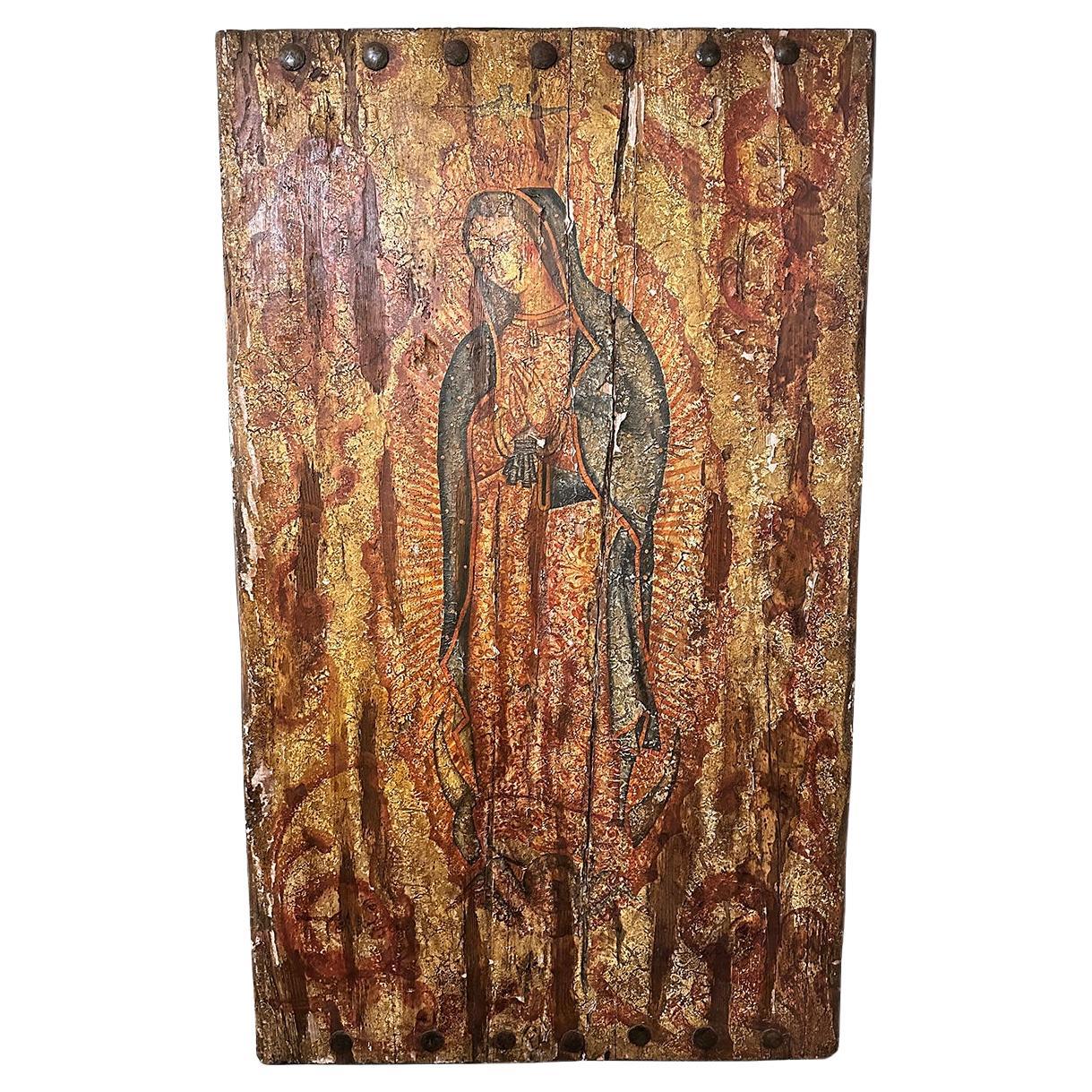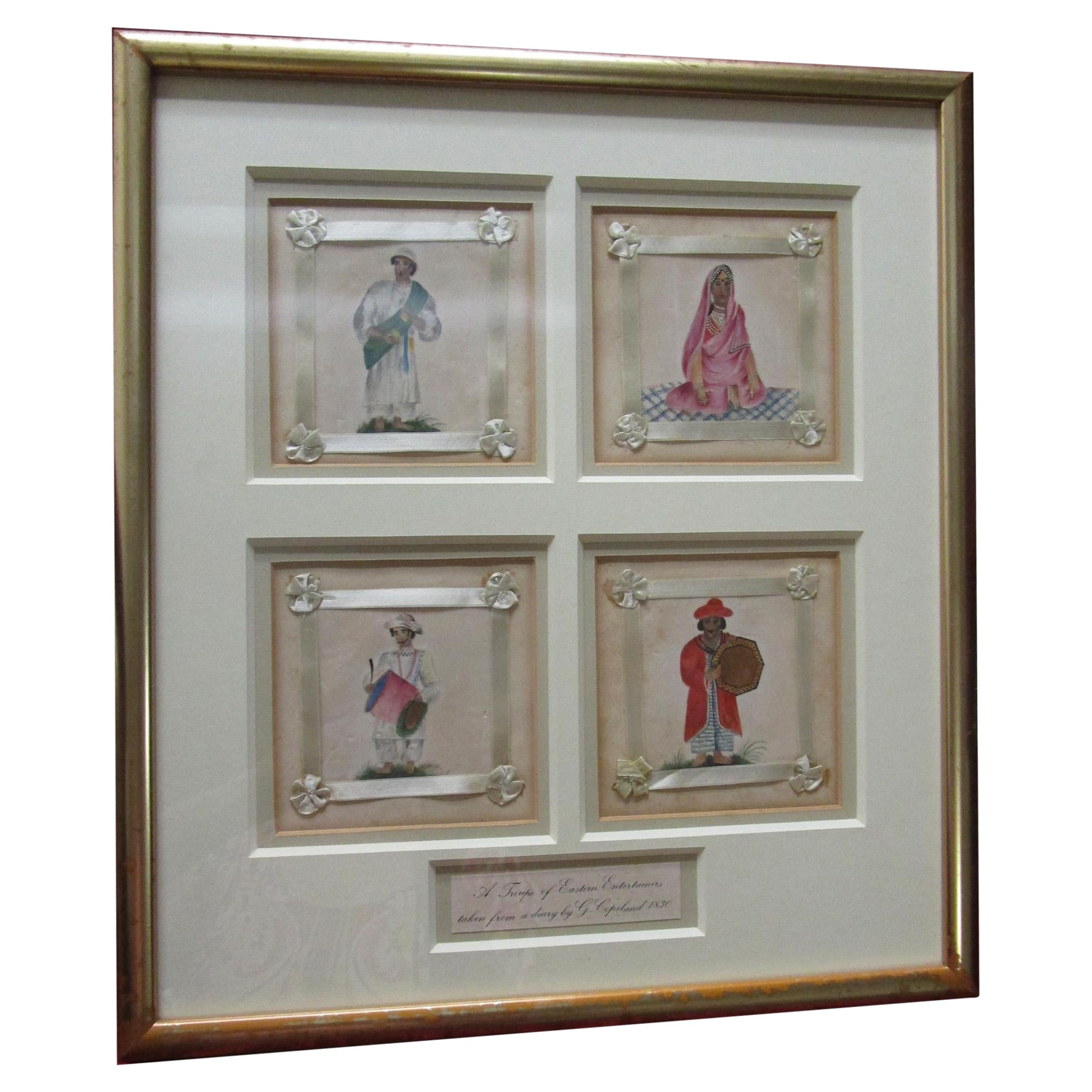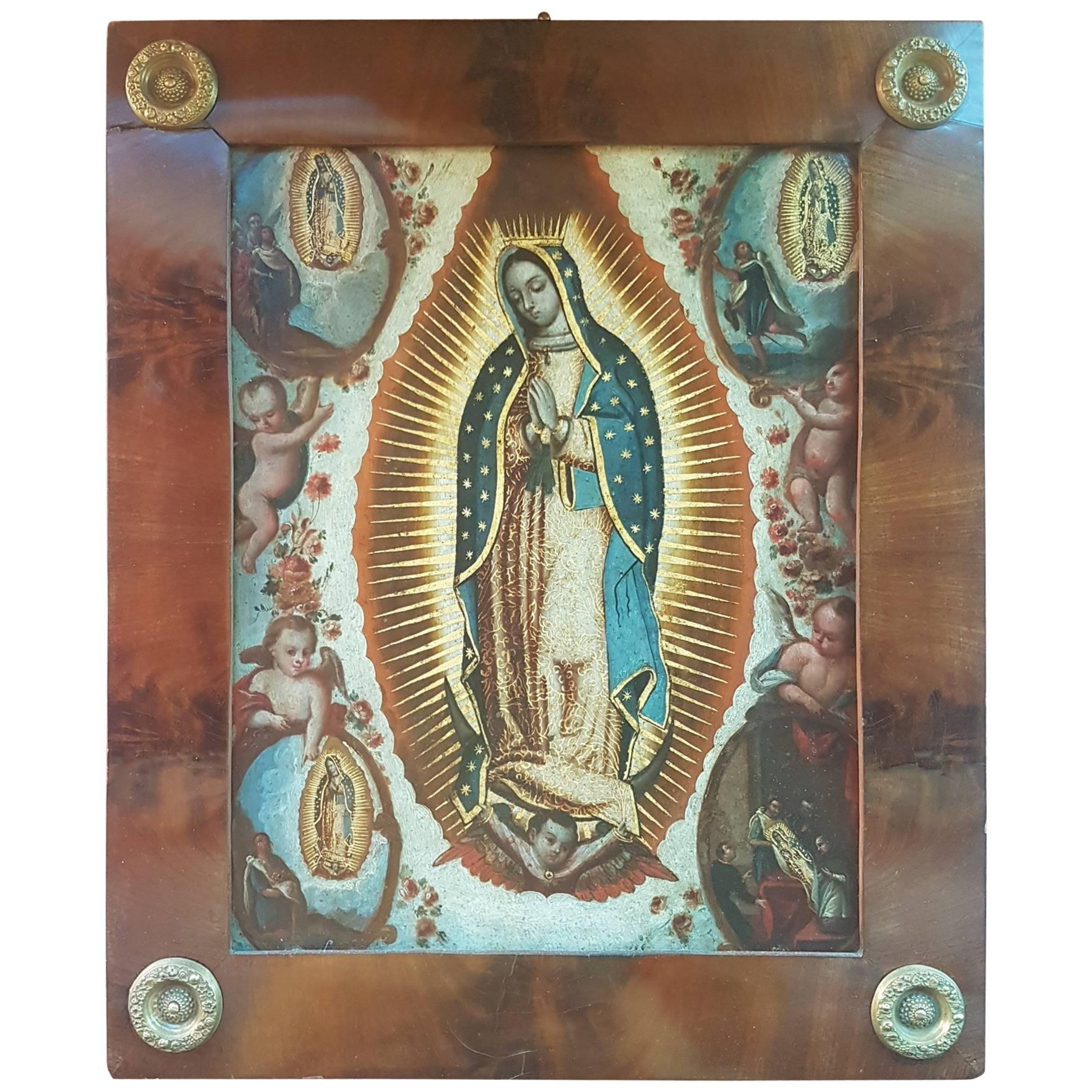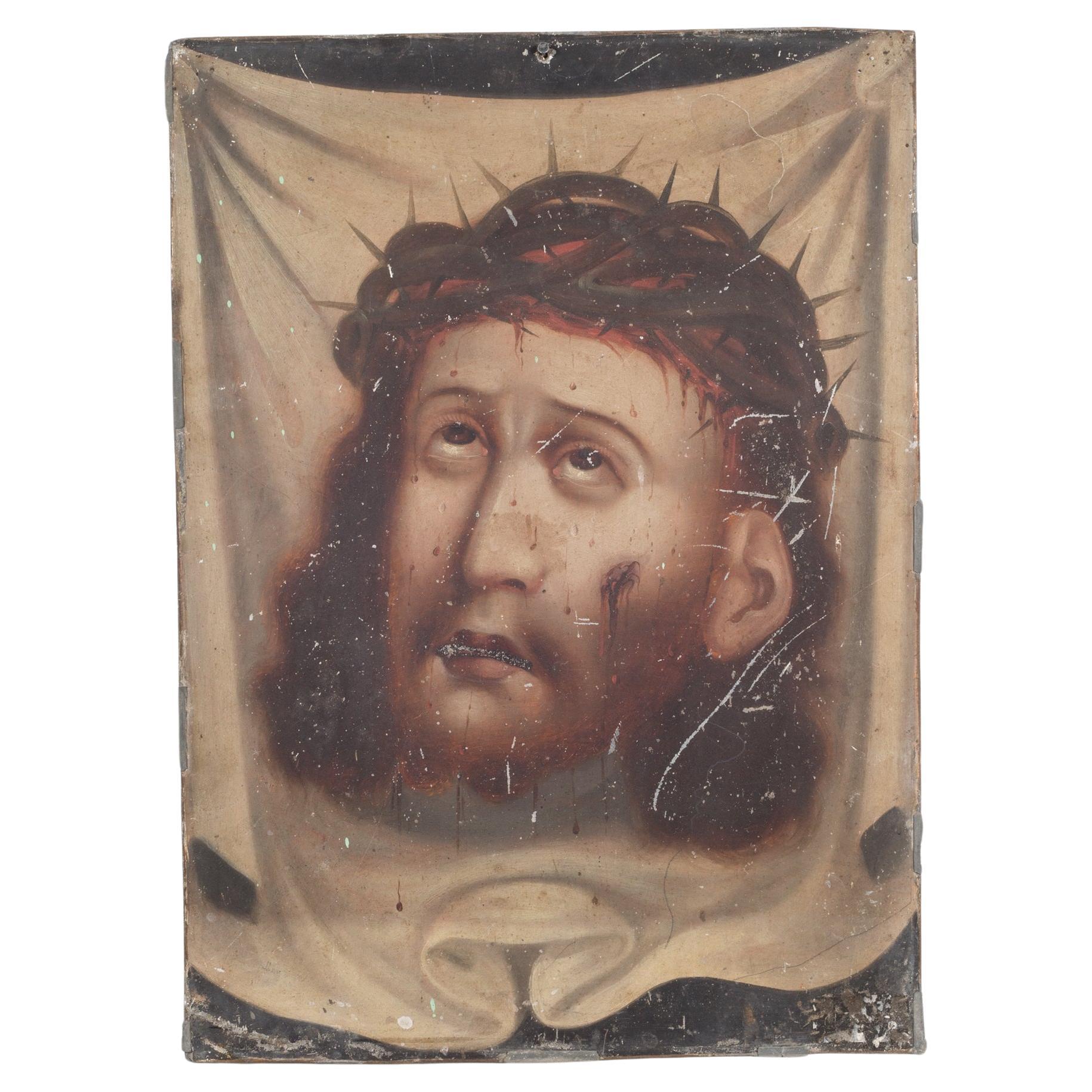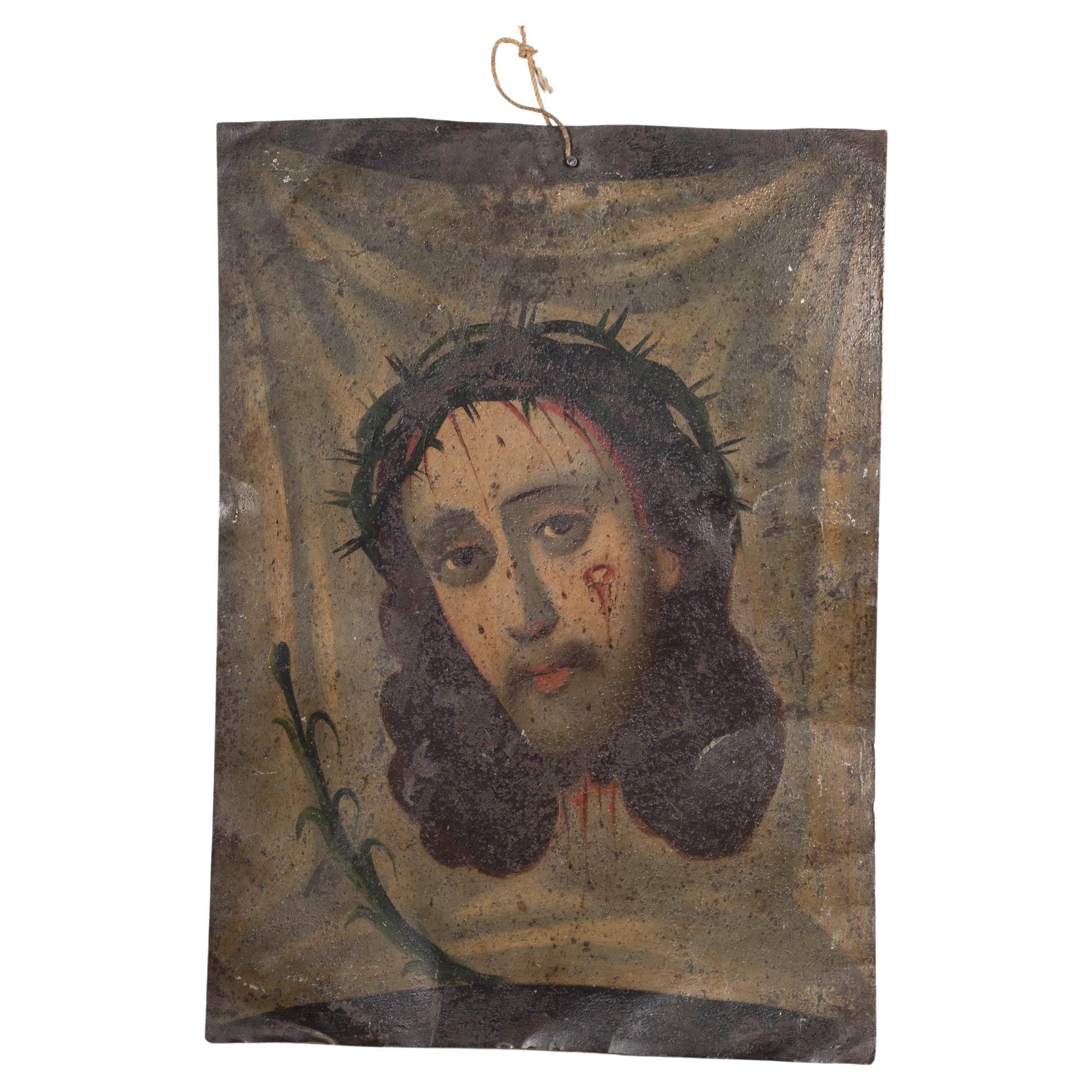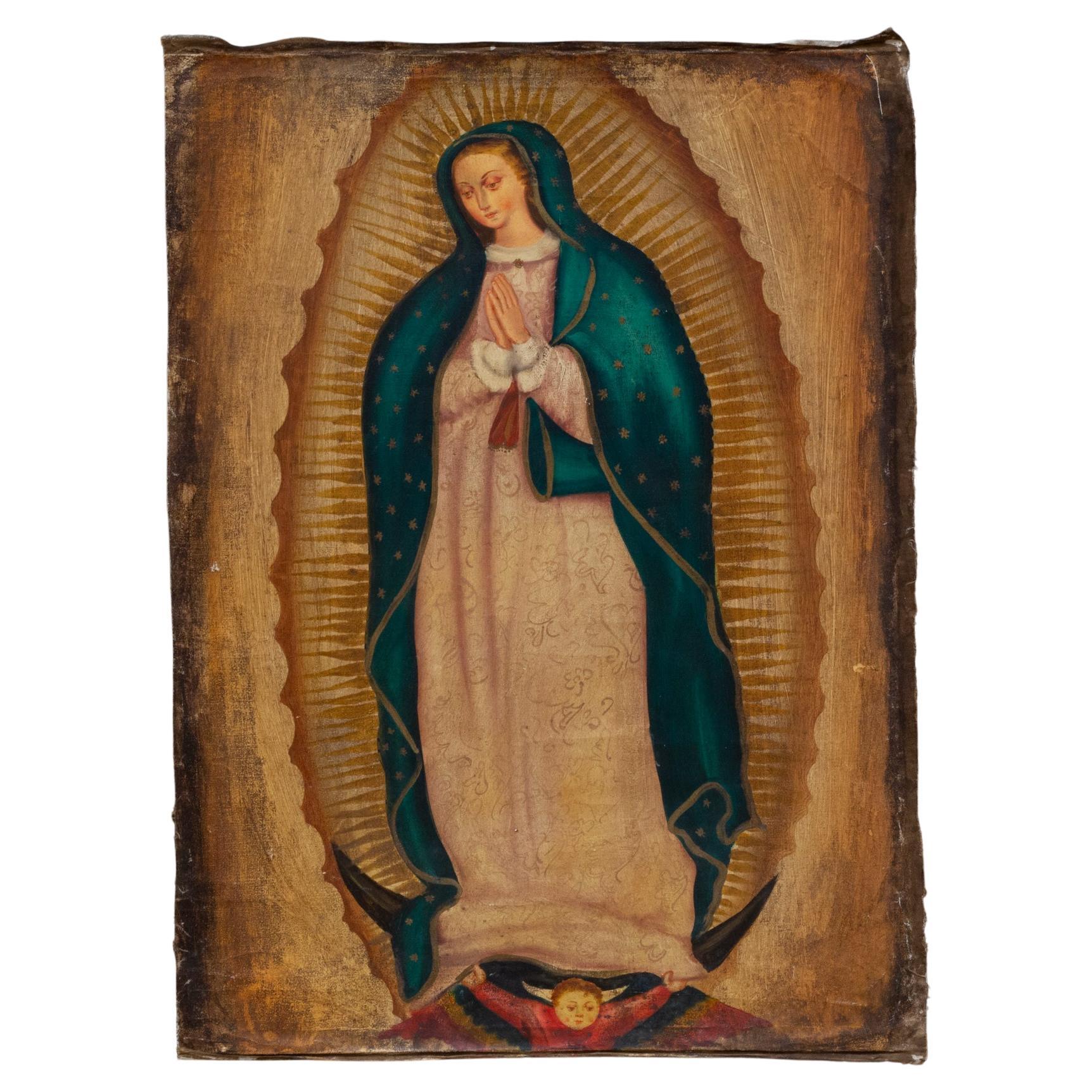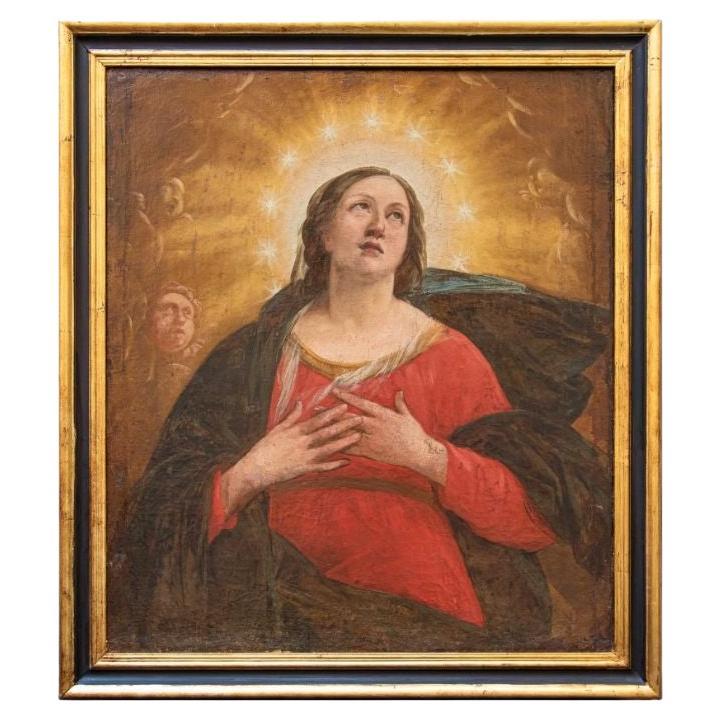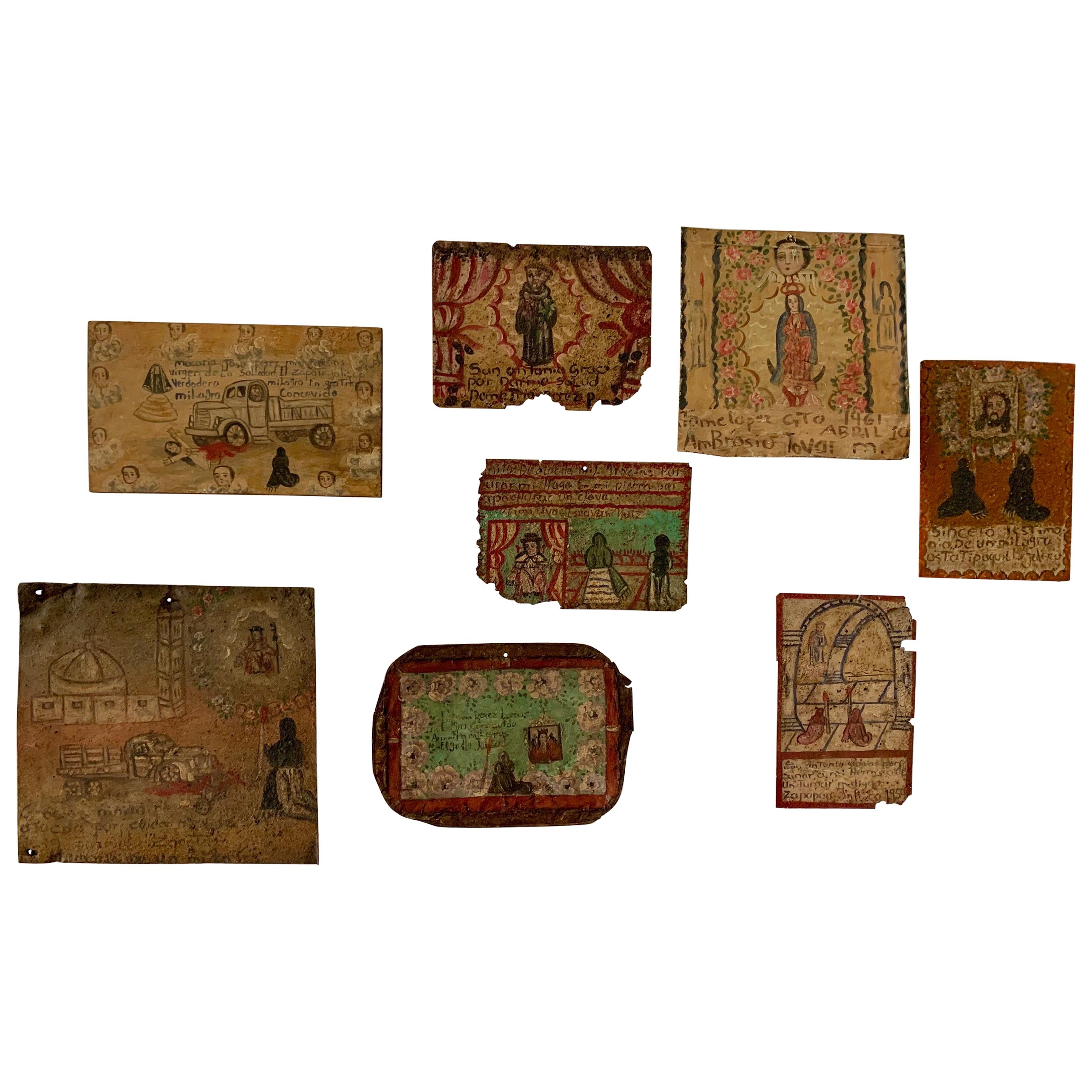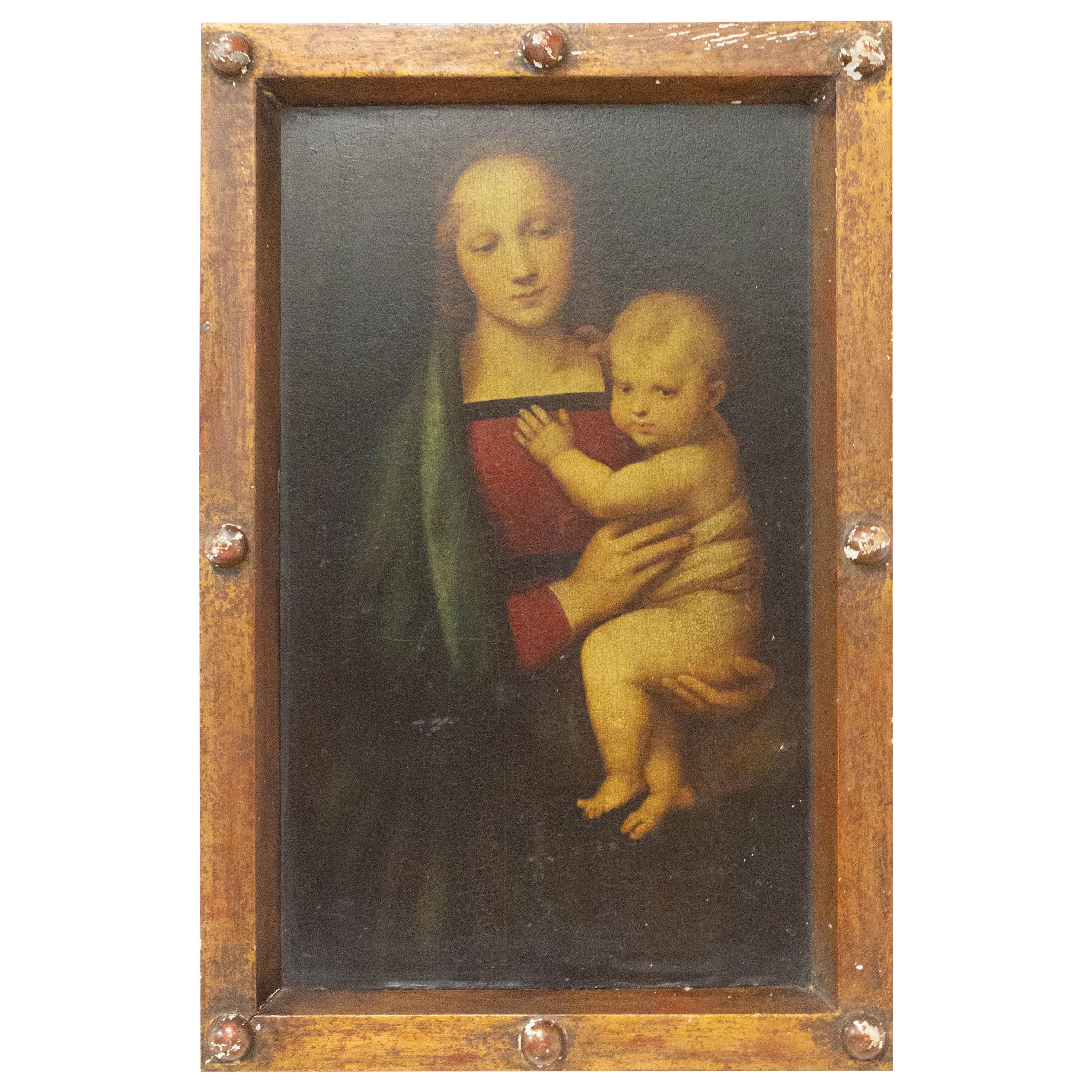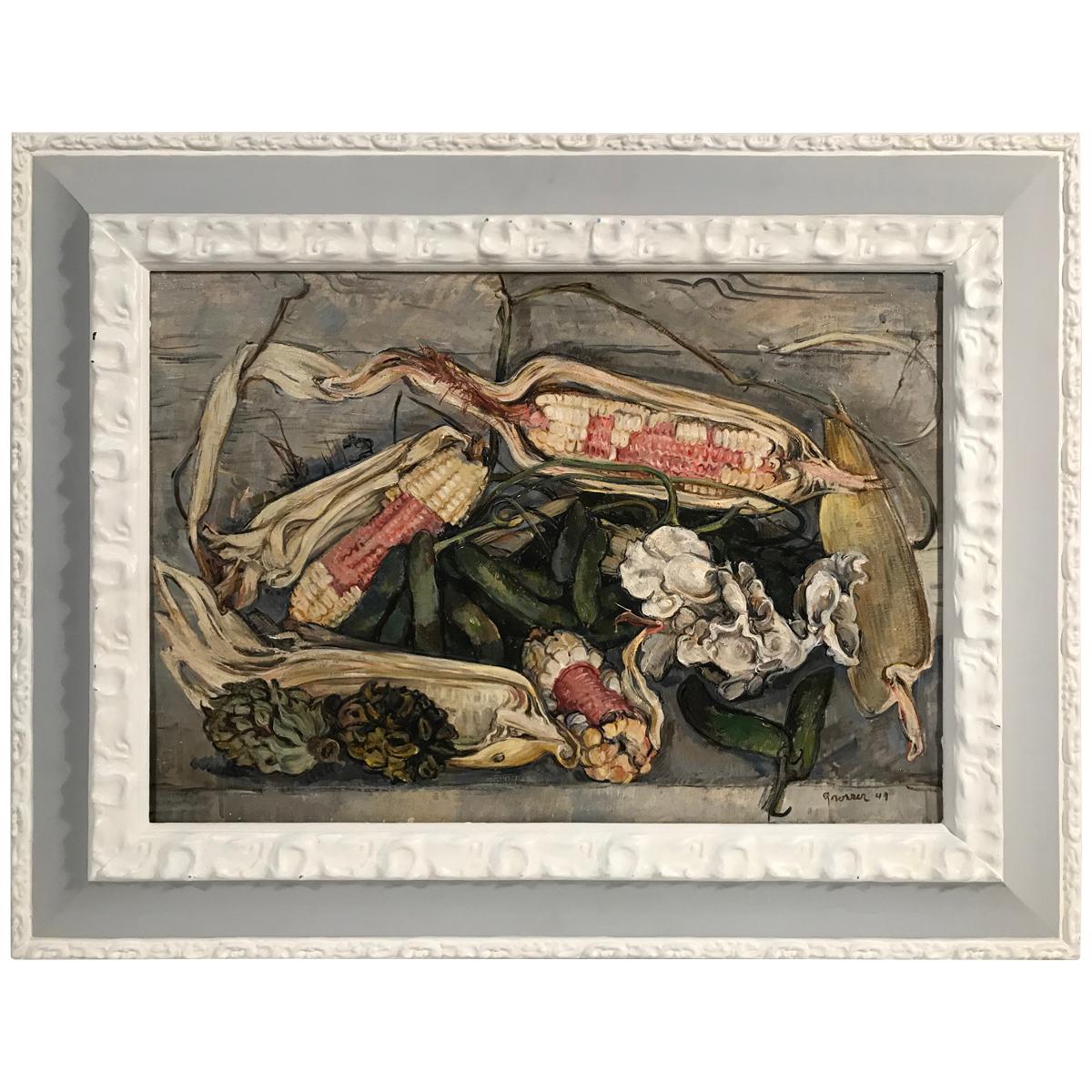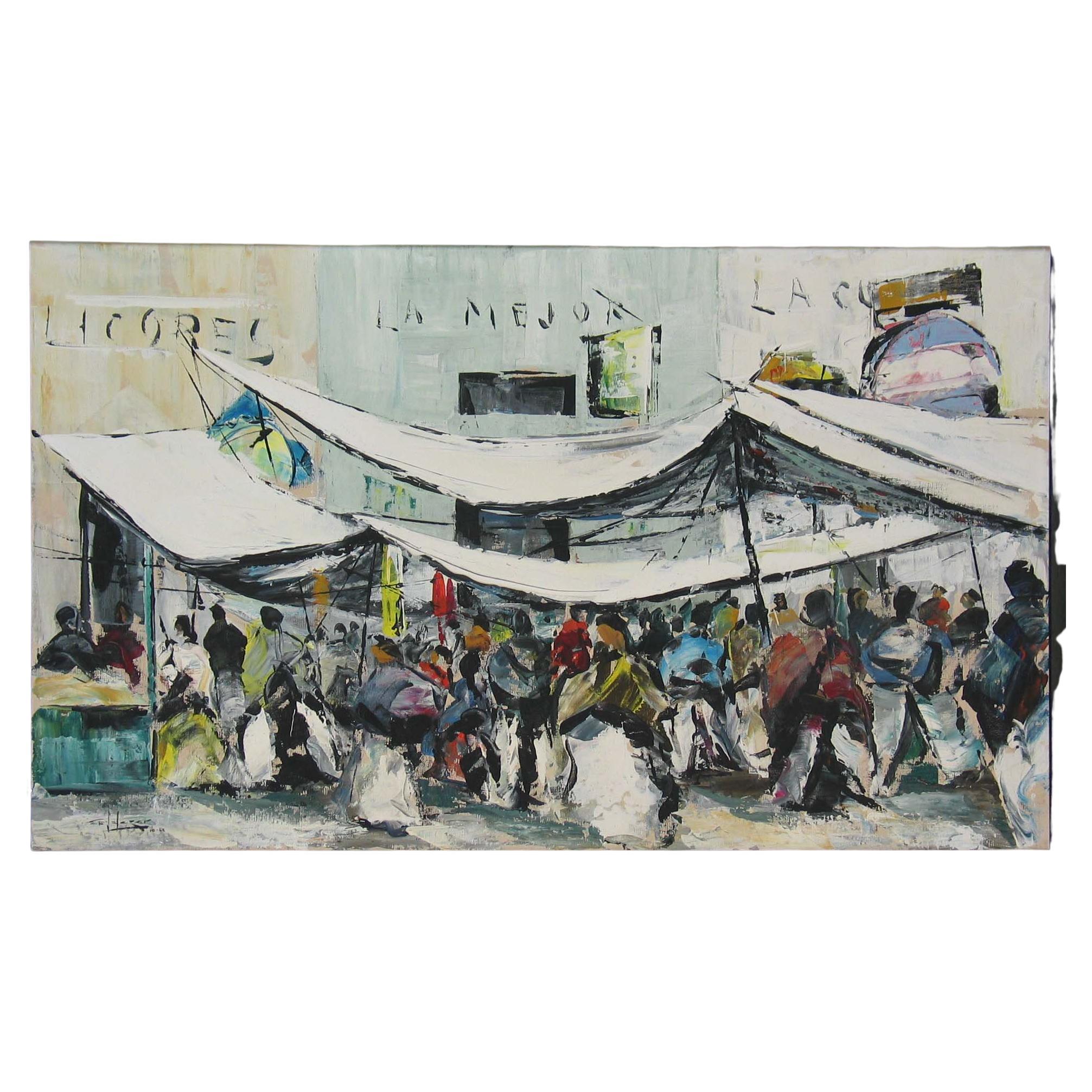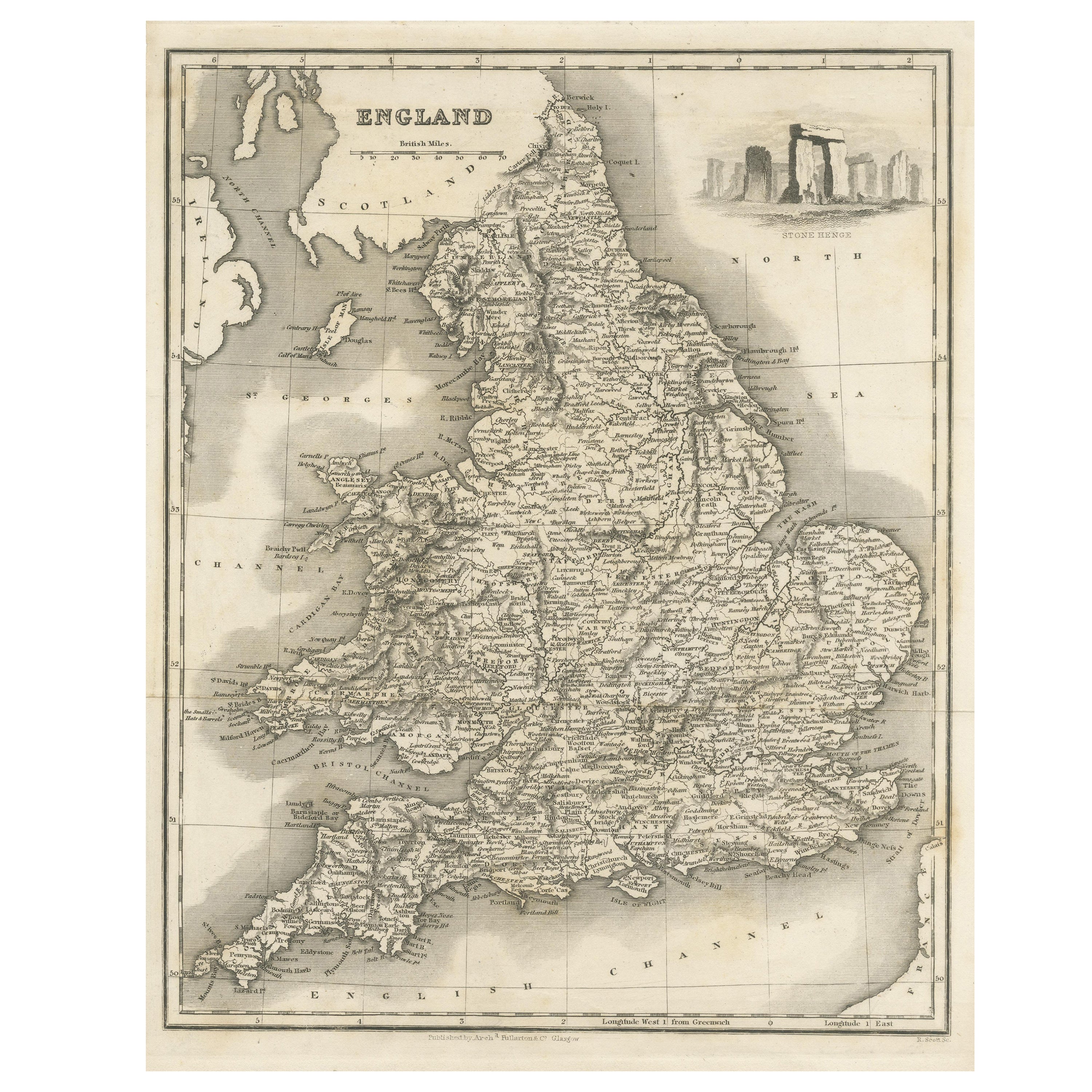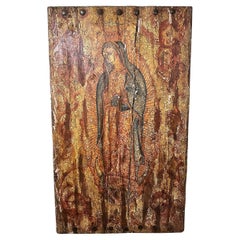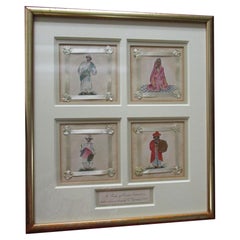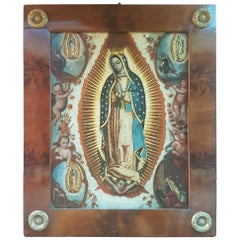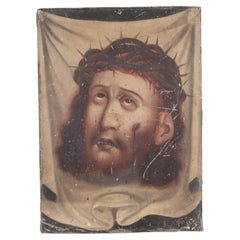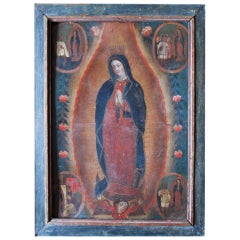
Virgin of Guadalupe Retablo Vignettes of Juan Diego Mexico
View Similar Items
1 of 3
Virgin of Guadalupe Retablo Vignettes of Juan Diego Mexico
$2,850List Price
About the Item
- Dimensions:Height: 20 in (50.8 cm)Width: 13 in (33.02 cm)
- Materials and Techniques:
- Place of Origin:
- Period:
- Date of Manufacture:1826
- Condition:
- Seller Location:Montecito, CA
- Reference Number:1stDibs: U1209108643384
Authenticity Guarantee
In the unlikely event there’s an issue with an item’s authenticity, contact us within 1 year for a full refund. DetailsMoney-Back Guarantee
If your item is not as described, is damaged in transit, or does not arrive, contact us within 7 days for a full refund. Details24-Hour Cancellation
You have a 24-hour grace period in which to reconsider your purchase, with no questions asked.Vetted Professional Sellers
Our world-class sellers must adhere to strict standards for service and quality, maintaining the integrity of our listings.Price-Match Guarantee
If you find that a seller listed the same item for a lower price elsewhere, we’ll match it.Trusted Global Delivery
Our best-in-class carrier network provides specialized shipping options worldwide, including custom delivery.You May Also Like
Large Painted Panel of Virgin of Guadalupe
Located in New York, NY
A circa 1940's large Mexican painted wood panel of the Virgin of Guadalupe.
Measurements:
Height: 60"
Width: 36"
Depth: 2"
Category
Vintage 1940s Mexican Paintings
Materials
Canvas
1830 Watercolor and Gouache Painted Vignettes of Eastern Entertainers
Located in Savannah, GA
The caption of this charming pen and ink, watercolor and gouache vignette reads
"A troupe of Eastern Entertainers taken from diary of G. Copeland 1830."
Perhaps a rememberance from...
Category
Antique 1830s English Grand Tour Paintings
Materials
Silk, Glass, Paint, Paper
$612 Sale Price
20% Off
Virgin of Guadalupe, Oil on Copper, 18th Century
Located in Mexico, DF
Virgin of Guadalupe with flowers and appearances of the Virgin to Juan Diego, oil on copper, 18th century. This item does not belong to the mexican...
Category
Antique Early 18th Century North American Spanish Colonial Paintings
Materials
Other
19th C. Mexican Retablo "Veronica's Veil", c.1880
Located in San Francisco, CA
About
An original 19th century Mexican folk retablo "Veronica's Veil" or "El Divono Rostro" in Spain . Oil paint on tin.
The Veil of Veronica, known in Italian as the Volto Santo or Holy Face, is a Roman Catholic Relic which, according to legend, bears the likeness of the Face of Jesus that was imprinted on it prior to Jesus' crucifixion. According to Roman Catholicism, Saint Veronica encountered Jesus in Jeruselum on the way to Calvary. When she paused to wipe the sweat (Latin, suda) off his face with her veil, his image was left on the veil.
In the small village of Osa de la Vega in Spain, there lived a couple who led a very pious life. They were Gregorio de la Torre and Isabel Corral. From their father, Juan Montilla, they inherited a picture of the Face of Jesus or the Divino Rostro. A story that is told one day, to the amazement of many who confirmed its veracity, the picture began to perspire with living blood. News of this extraordinary event spread swiftly and widely throughout the land.
CREATOR Unknown.
DATE OF MANUFACTURE c.1880.
MATERIALS AND TECHNIQUES Oil Paint on Tin.
CONDITION Good. Wear consistent with age and use.
DIMENSIONS H 14 in. W 10 in.
HISTORY
Retablos, better known as 'laminas' in Mexico, are small oil paintings on tin, wood and sometimes copper which were used in home altars to venerate the almost infinite number of Catholic saints. The literal translation for 'retablo' is 'behind the altar.' This unique genre of art, deeply rooted in European history, was brought to Mexico with the arrival of the Spanish and then ultimately adopted by New World mestizo natives to become what is known today as the Mexican folk retablo.
The retablo was an art form that flourished in post conquest Mexico and then ultimately, with the introduction of inexpensive mediums such as tin, reached its pinnacle of popularity in the last quarter of the 19th century. With some exceptions, mostly untrained artists from the provinces worked to produce and reproduce these sacred images; some subjects painted more prolifically than others. A typical "retablero" may have reproduced the same image hundreds, if not thousands of times in his or her career.
These oil paintings were sold to devout believers who displayed them in home altars to honor their patron saints. There are virtually hundreds of saints, each invoked to remedy a different situation. "San Ysidro Labrador," the patron saint of farmers, is venerated for good weather...
Category
Antique 19th Century Mexican Folk Art Paintings
Materials
Tin
19th c. Mexican Retablo "Veronica's Veil" c.1880
Located in San Francisco, CA
ABOUT
An original 19th century Mexican folk retablo "Veronica's Veil" or "El Divono Rostro" in Spain . Oil paint on tin.
The Veil of Veronica, known in Italian as the Volto Santo or Holy Face, is a Roman Catholic Relic which, according to legend, bears the likeness of the Face of Jesus that was imprinted on it prior to Jesus' crucifixion. According to Roman Catholicism, Saint Veronica encountered Jesus in Jeruselum on the way to Calvary. When she paused to wipe the sweat (Latin, suda) off his face with her veil, his image was left on the veil.
In the small village of Osa de la Vega in Spain, there lived a couple who led a very pious life. They were Gregorio de la Torre and Isabel Corral. From their father, Juan Montilla, they inherited a picture of the Face of Jesus or the Divino Rostro. A story that is told one day, to the amazement of many who confirmed its veracity, the picture began to perspire with living blood. News of this extraordinary event spread swiftly and widely throughout the land.
CREATOR Unknown.
DATE OF MANUFACTURE c.1880.
MATERIALS AND TECHNIQUES Oil Paint on Tin.
CONDITION Good. Wear consistent with age and use.
DIMENSIONS H 14 in. W 10 in.
HISTORY
Retablos, better known as 'laminas' in Mexico, are small oil paintings on tin, wood and sometimes copper which were used in home altars to venerate the almost infinite number of Catholic saints. The literal translation for 'retablo' is 'behind the altar.' This unique genre of art, deeply rooted in European history, was brought to Mexico with the arrival of the Spanish and then ultimately adopted by New World mestizo natives to become what is known today as the Mexican folk retablo.
The retablo was an art form that flourished in post conquest Mexico and then ultimately, with the introduction of inexpensive mediums such as tin, reached its pinnacle of popularity in the last quarter of the 19th century. With some exceptions, mostly untrained artists from the provinces worked to produce and reproduce these sacred images; some subjects painted more prolifically than others. A typical "retablero" may have reproduced the same image hundreds, if not thousands of times in his or her career.
These oil paintings were sold to devout believers who displayed them in home altars to honor their patron saints. There are virtually hundreds of saints, each invoked to remedy a different situation. "San Ysidro Labrador," the patron saint of farmers, is venerated for good weather...
Category
Antique 19th Century Mexican Folk Art Paintings
Materials
Tin
Early 20th c. Virgin of Guadalupe, Bolivia, Oil on Canvas Painting
Located in San Francisco, CA
ABOUT
Virgin of Guadalupe, unsigned, oil on canvas, unframed.
CREATOR Unsigned.
DATE OF MANUFACTURE c.1910-1940.
MATERIALS AND TECHNIQUES Oil on Canvas.
CONDITION...
Category
Early 20th Century Bolivian Spanish Colonial Paintings
Materials
Paint
Recently Viewed
View AllMore Ways To Browse
Virgin Of Guadalupe Painting
Cartier Cigarette
Cartier Vintage Mirror
Carved Wood Foo Dogs
Cherub Fish
Chinese Ching
Chinese Coral Sculpture
Chinese Hongmu
Chinese Silk Cranes
Chinese Terracotta Figures
Chinoiserie Hand Painted Wallpaper
Colonial Philadelphia
Continental Painted Cabinet
Country French China Cabinet
Cowboy Table
Crystal Animal Figurine
Cuban Mahogany Doors
Deco Terrier
